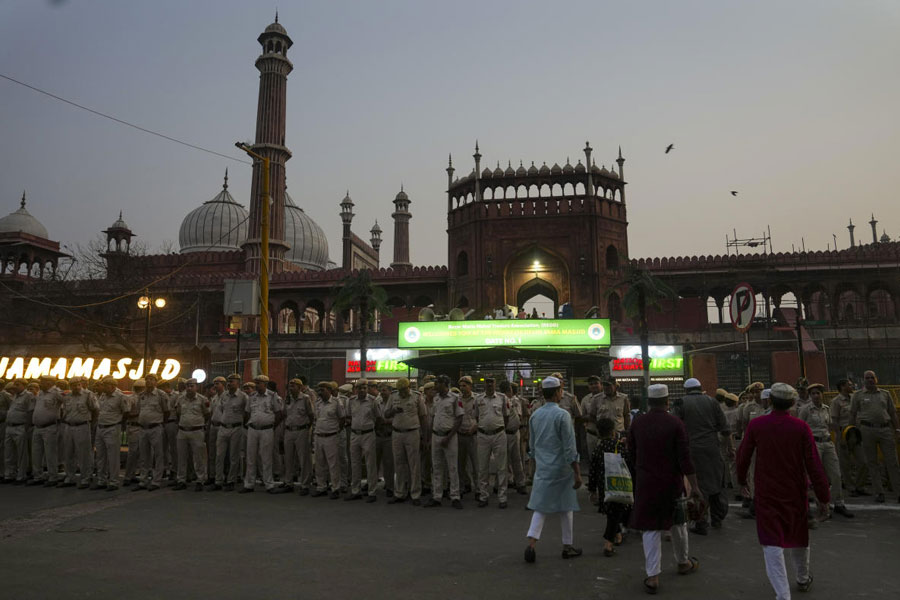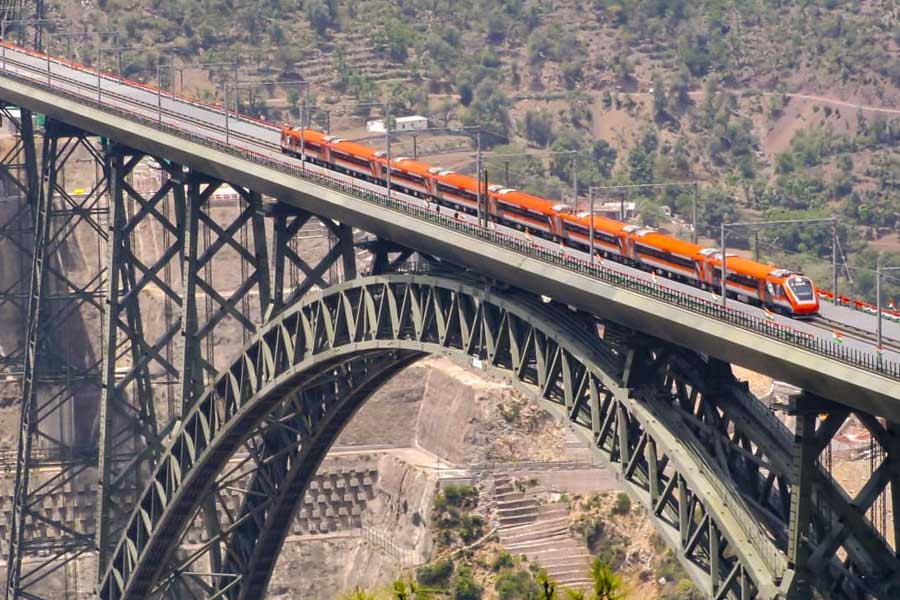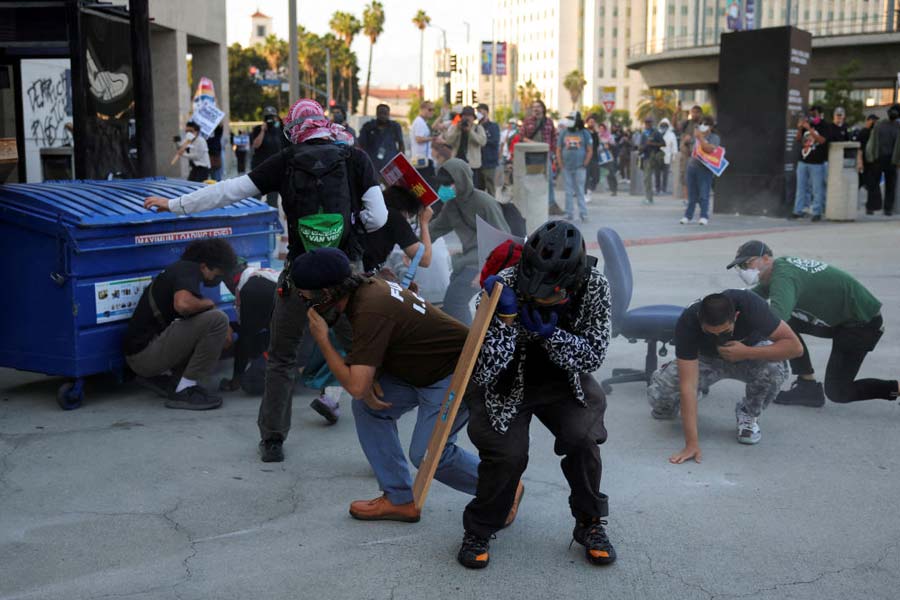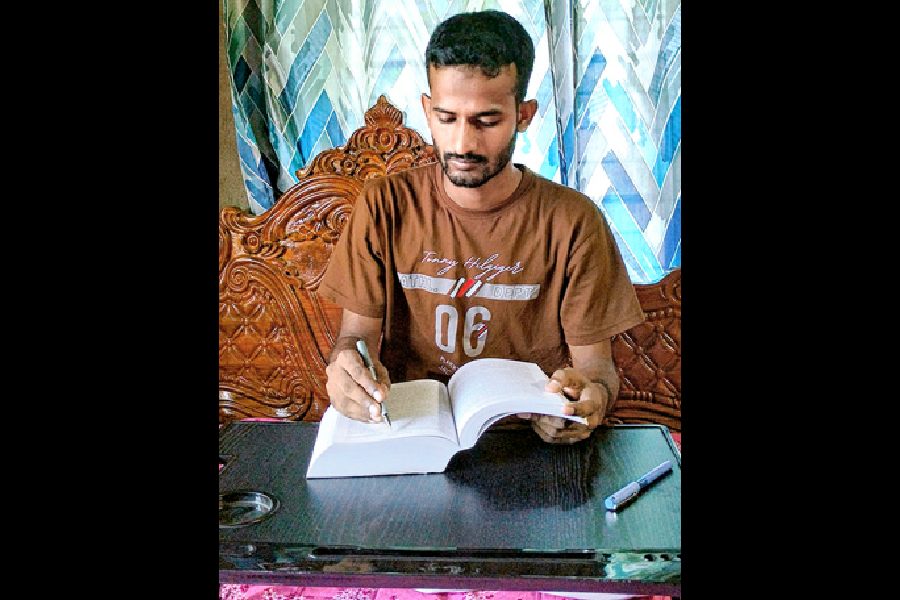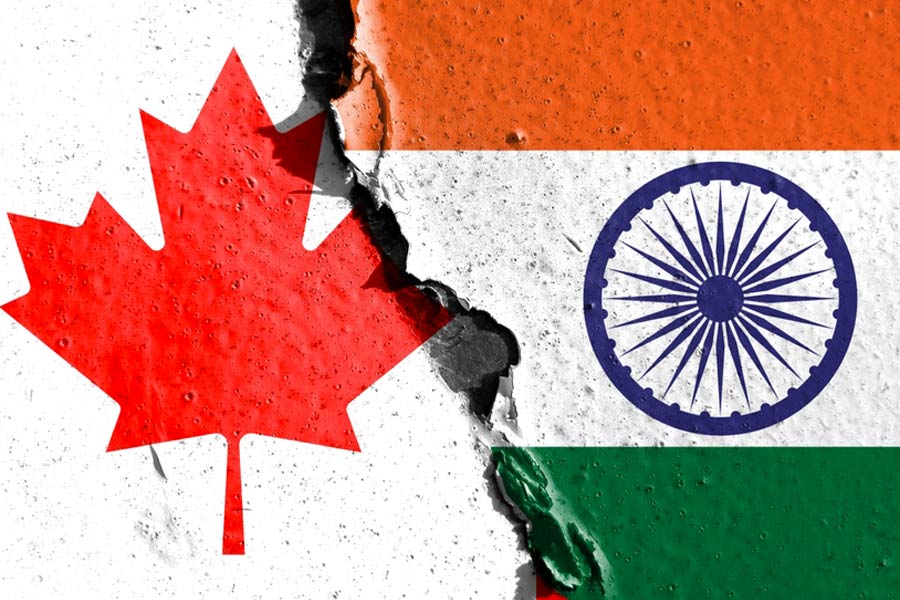
I can't think of anything to compare with the festival of Durga Puja. It is not just a religious festival with its own rituals. It is also a celebration of life. It is a time of renewal and a time for giving. And probably many more things - it's not an easy task for an outsider to get to grips with all the elements. For me, it is a celebration of creativity.
Of course, it is primarily a religious celebration - of the return of the goddess Durga to purge the world of evil. There are some similarities with the Christian tradition that I was brought up in. The festival comes at the end of the monsoon season and it feels like a mix of a harvest festival and Christmas. People exchange gifts, and families and communities come together to celebrate.
What is very different is the making of the Durga and other idols - the centrepiece of the religious celebrations. At the start of the month, I visited Kumartuli with diplomatic colleagues. It isn't a particularly remarkable part of Calcutta, and not as spacious as some of the areas in the south of city where I live. The streets and alleys are narrow, and are filled with small workshops.
It was raining the day we walked round Kumartuli - high monsoon, with short, heavy showers. Most of the workshops had canopies over their entrances to keep out the rain. As it was overcast, they were brightly lit inside as teams of plasterers, painters and other craftsmen (nearly all men) were busy at work.
Most of the workmen looked at our group of outsiders with slight alarm as we entered their workshops. They seemed to hold their breath as we inspected their creations - clay models of the Goddess and her cohorts. The face of the Goddess varied from workshop to workshop. Some had a standard design. Others had pictures that they were following from different commissions from across the city. Some of the idols had wide open eyes, and some almost shut.
Since then, bamboo structures have sprung up all over the city. In truth, there are always bamboo frames being erected somewhere in Calcutta. Before Durga Puja, their number increase dramatically.
I'm not sure there is any simple translation for "pandal". It can be an open stage that people walk past, or an enclosed structure with a roof that people enter. Some are attached to buildings, others are free standing structures. Their main function is to house the Durga idol. But in Calcutta they seem much more.
They are spaces to decorate and to display. Some have painted images on the walls and ceilings of the pandal. Others are filled with sculptures either specially made or constructed from everyday materials. Some set out to express ideas or concepts, while others are representations of people and places. Some exhibit the craftwork of specific groups or regions. Nearly all the pandals have coloured lights and decor to attract visitors.
The nearest equivalent I can think of are the pavilions of the Venice Biennale. These diverse structures in the beautiful Italian island city are filled with art and sculptures from countries around the world every two years. Venice and Calcutta are very different places....
Today, I visited four pandals on the north side of the city as a judge for The Telegraph True Spirit Puja.
The first we visited, and which won, was made from wood. The wood was untreated and cut into shapes. There was a latticed wall to let light in, and boards on which were painted scenes from the story of the Goddess and her journey. There were also lots of painted wooden animals sitting in frames. And the Durga was quite dark except for her bright yellow face and shining eyes.
The second was completely different: a small pandal made from clay and sand, moulded onto a bamboo frame. It was mostly in earth colours of greys, browns and yellows. There were rural scenes carefully sculpted on the walls. There were even clay buffalo wallowing in a clay waterhole. The pandal committee told us it was based on traditional village huts.





